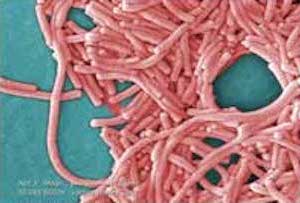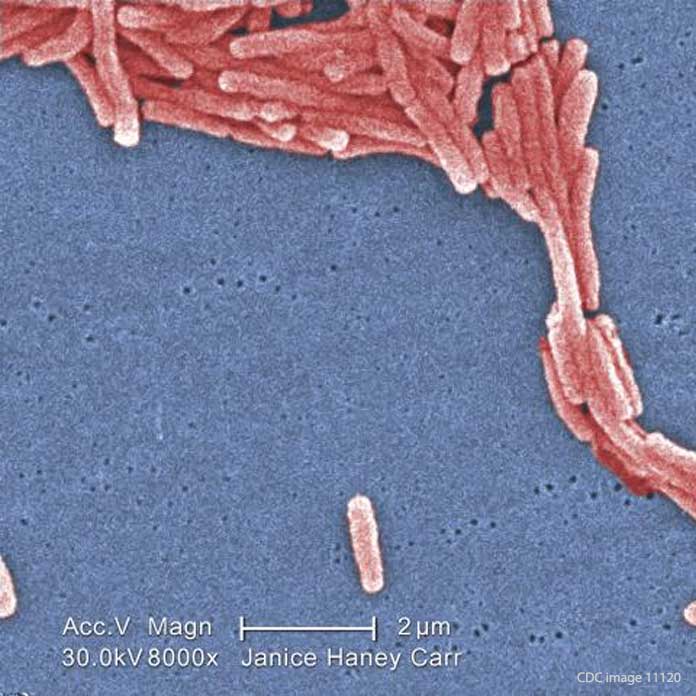As more details emerge about the ongoing water crisis facing Flint, MI residents, McLaren Regional Medical Center officials have confirmed that they found the potentially fatal Legionella bacteria in hospital systems as far back as 2014 – but deny that the facility was the source of exposure for any of the patients who tested positive for Legionnaires’ disease.

According to an official statement released by the hospital to news sources,
“After the City of Flint switched to the Flint River as its water source in April of 2014, we noticed an increase in the number of Legionella cases that were coming to McLaren for treatment, as well as those being reported across the county and at other hospitals [emphasis mine]. Because of that concern, and concern over the quality of water that we were receiving from the city, we began aggressively testing our water supply. An early test result indicated the presence of a low level of legionella. As soon as this was identified, McLaren Flint put immediate measures in place that were successful in controlling the situation.”1
The statement describes how they responded to the positive testing by installing a $300,000 secondary water disinfectant system facility-wide. It concludes that:
“It is important to note that no tests have ever determined that McLaren is the source of exposure for any patients testing positive for the Legionella antigen, and that there is no definitive data to support that McLaren Flint is the source of exposure for any patient testing positive for the Legionella antigen.”2
Is McLaren Flint Culpable for 16 Confirmed Legionnaires’ Disease Cases?
Despite the medical center’s official statement that it a) responded swiftly to the outbreak with remediation efforts and that b) Legionella cases were “coming to McLaren” for treatment, a Michigan state epidemiological report offers other data for consideration.
When state epidemiologists began investigating the increase in Legionnaires’ disease cases, they sent questionnaires to the 45 individuals (or their families) who contracted the disease, trying to find a common source of the disease. Of the 29 surveys that were returned, 16 patients had been inpatients at McLaren Regional Medical Center, 2 at Hurley Medical Center, and 1 was admitted to both McLaren and to Hurley between June 2014 and March 2015. The epidemiological study concluded that “McLaren was more strongly “associated” with the outbreak than any other possible source – including Flint River water”.3
In a statement expressing surprise that Michigan and local health agencies didn’t inform the public about Flint’s 2014-2015 Legionnaires’ disease until a few weeks ago, McLaren Regional Medical Center president Don Kooy has admitted to the media that two cases “could have been related to exposure to Legionella bacteria found in the hospital. He said “It’s very difficult to know” when a patient is exactly exposed but both patients were successfully treated.” 4. McLaren concluded that while the hospital was concerned that Flint’s city water was the source of the outbreak, “to this day I don’t think we could make a definitive statement.”5
Hospital administrators have been warned repeatedly by scientific researchers of the dangers that Legionnaires’ disease poses to patients; 50% of people who contract the illness in nosocomial (hospital) environments die. Agencies including the CDC, OSHA, and ASHRAE have all issued guidelines about how to control the proliferation and spread of the Legionella bacteria in water systems; when these guidelines are followed, disease rates drop.
Our law firm is not taking these cases.
Sources:
- “Steps taken to safeguard water after 2014 test found Legionella bacteria in water at McLaren Flint.” WXYZ Detroit. Web. 22 Jan. 2016 [date cited: 26 Jan. 2016].
- Ibid.
- Bouffard, Karen. “Hospital ties Legionnaires’ to Flint water.” The Detroit News. Web. 23 Jan. 2016 [date cited: 26 Jan. 2016].
- “Flint hospital suspected river, Legionnaires’ disease link.” CBS News. Web. 23 Jan. 2016 [date cited: 26 Jan. 2016].
- Ibid.
